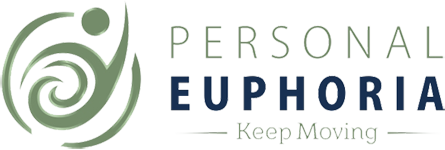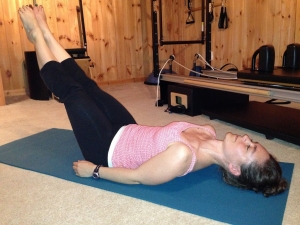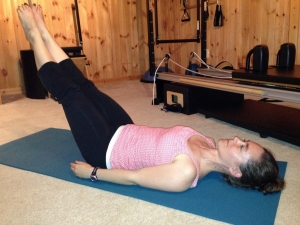So I just wrote a blog about stabilizing without tension. And then I thought it might actually be helpful if I gave suggestions for how to do this. So here are some tips.
Let’s make this all in reference to stabilizing neutral or imprint of the pelvis, for sake of clarity, but it could translate to any part of the body you are trying to stabilize.
1) Rock your pelvis from neutral to imprint. Observe what you feel. Do you feel tension? Are you cramming anything? Are you squeezing your butt? Are other parts of your body moving (your head, your shoulders , your ribs, your legs). Does it feel like the movement happens naturally or you jam you bones in one direction or the other? If you said yes to any of these you might want to practice easing into your stabilization and using less force.
2) So now you’ve done a self check. You know whether your body is moving and holding imprint or neutral with tension. How do you let that tension go, but still hold a position in the body. Start by making adjustments to the points you noticed above. Are you squeezing your butt? Just relax your glutes without changing where your pelvis is. Hopefully that creates a little relief. Are you cramming or moving a part of your body against the floor? Try making the movement smaller. Even if it feel like you are barely moving. Make it so small that nothing else moves and you feel like it’s a very gentle rocking in the body. Play with that until it becomes second nature and feels almost easy. Then, you can play with increasing the movement, but it’s never going to be huge. So start to learn that stabilization movements can be very tiny.
3) Really consider the deepest abdominal muscle engaging (this is called your transverses abdominal). When we cue it in Pilates, you might hear us describe zipping up a pair of jeans fresh out of the dryer or tightening an imaginary corset around your waist. Remember not to squeeze or engage this muscle with all the force you can. Be gentle with yourself. Just feel the muscle gently wrap around your body. If you could, for lack of a better term, suck in your abs at five different levels, five being the deepest, try to simply engage at a level two. Let this be where your greatest stabilization comes from and your deepest strength. This is perhaps the most important aspect of starting to understand Pilates, but you can work on this anywhere—the office, the car, on a walk, at a football game, in church, watching TV, cooking dinner. You want your abs gently engaged all the time, so when you ask them to stabilize without force they are ready and know how to do that.
Start with these suggestions. And then remind yourself on workouts that when you are trying to hone your stabilization skills, sometimes less is more. For instance, think about stabilizing the shoulders on leg lifts (you’re lying flat on you back, imprinted, legs straight up to the ceiling and you are going to lower the legs only as low as you can maintain imprint and then raise them again). Obviously, you should stop if you can’t maintain imprint. But you might not be focusing on the stability of your shoulders. If you’re shoulders pop away from the floor as you do this exercise, you are losing stability in the shoulder girdle. If you want to work on that, you will have to reduce the motion of your legs. You might feel like you get less ab work if you reduce the motion, but that isn’t entirely true. If you’re shoulders pop up your abs are just straining and looking for other muscles to help. Make the motion smaller, at a level you can still be in control of your shoulders and your abs will get worked better and more efficiently without strain. Build slowly. And work on different aspects in different classes.
(Top Pic: Lower and Lift: Shoulders Not Stable = Abs working less hard, neck and shoulder strain. Bottom Pic: Shoulders Stable: Abs work harder, no strain in neck and shoulder, overall less tension in body/)
Remember, always cut yourself some slack. You want to be safe in Pilates, but sometimes thinking about all of this can be overwhelming, so as long as you are in a safe position, sometimes just let the body move. That, too, is part of the learning.
What I’ve come to realize is that stability shouldn’t feel like tension. If you feel tension (different from a muscle working on a challenging exercise) something isn’t stable.
[/fusion_builder_column][/fusion_builder_row][/fusion_builder_container]


